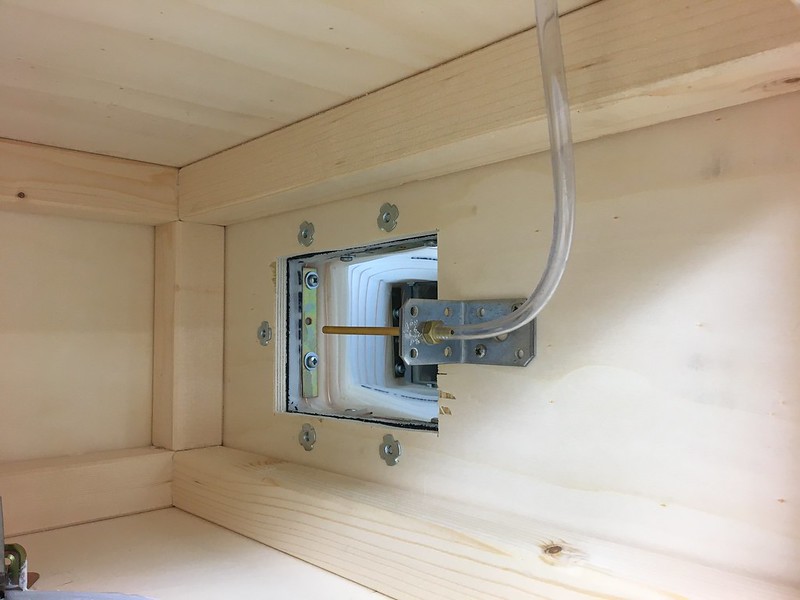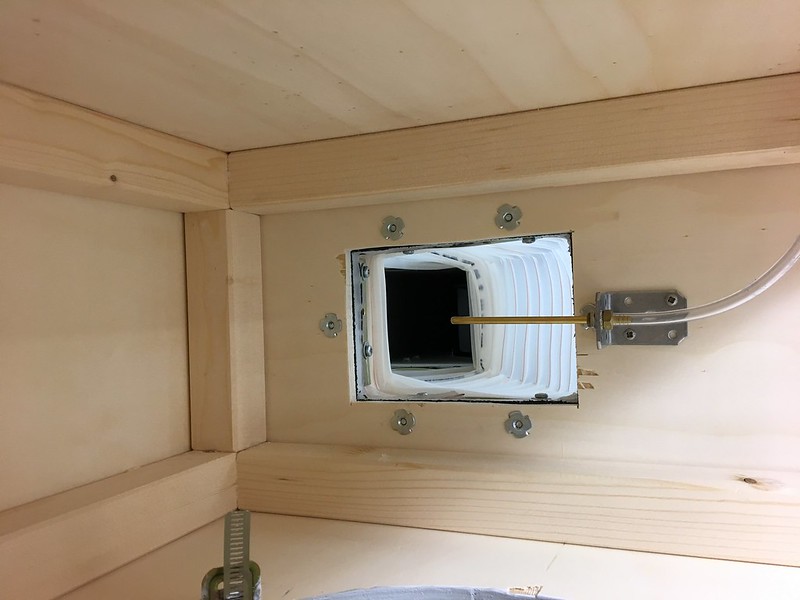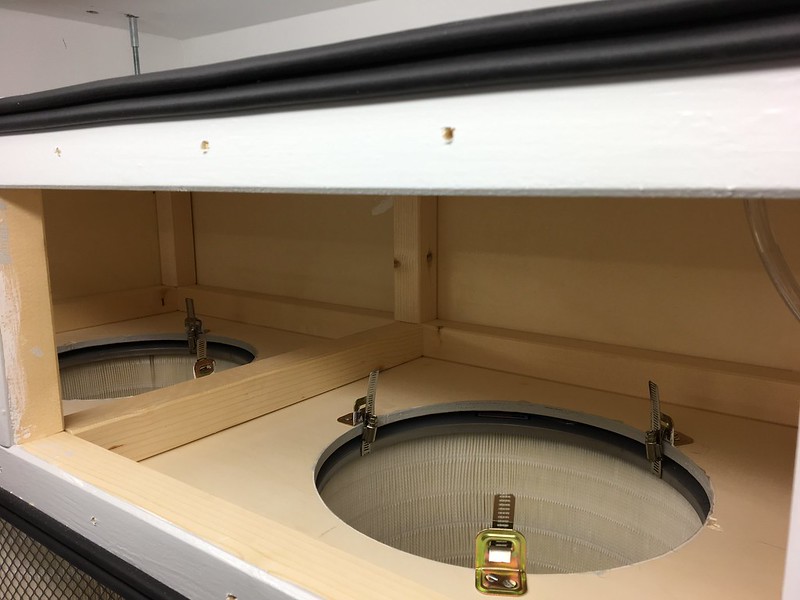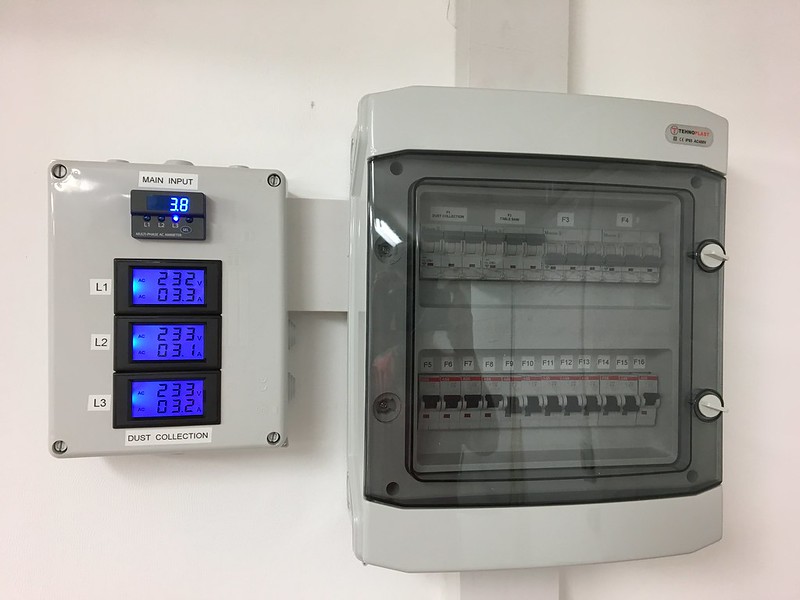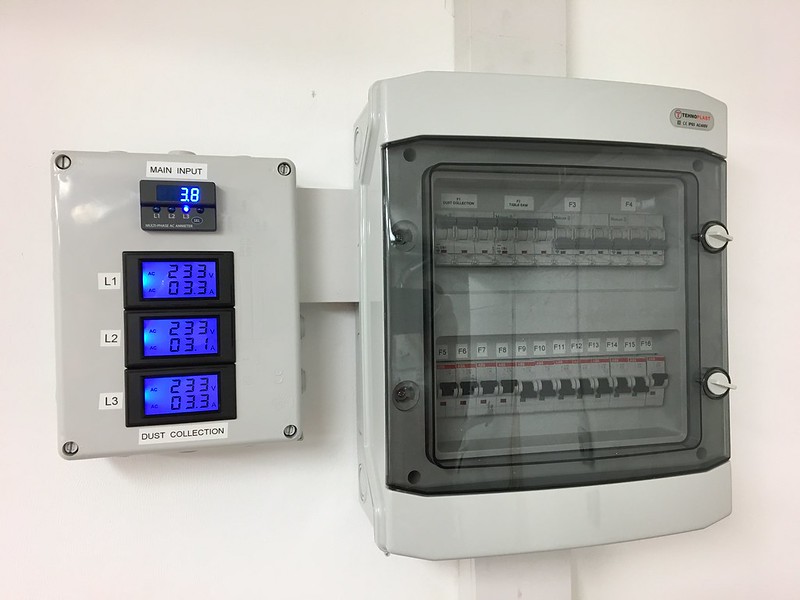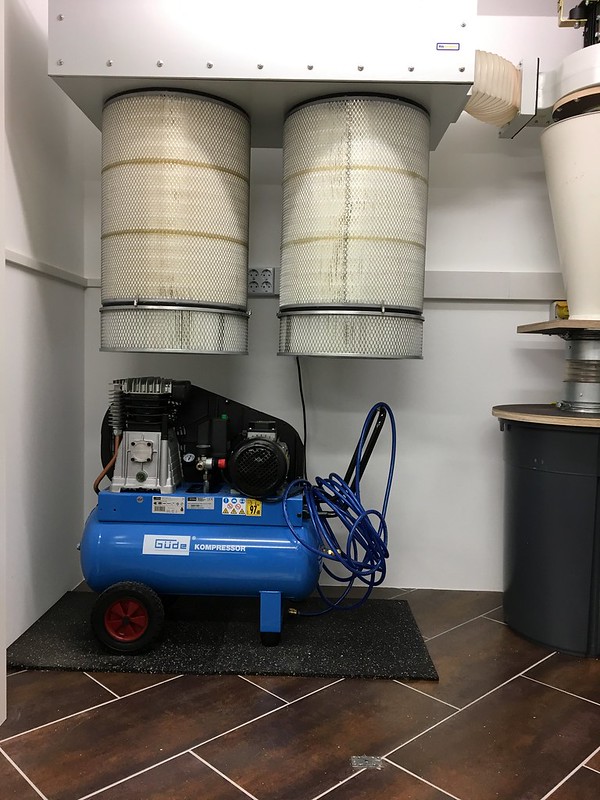Mike,
What a phenomenal installation! It looks more like a off the shelf production setup than a homemade 1 off system. I appreciate you sharing your build.
I am in the process of doing something similar (but not quite the same caliber). Two areas I was interested in was your rectangle hose transition from blower to filter box and how your trash can lid is attached to the can. Specifically how you squared up the hose without damaging it and how you attached/sealed the hose to your connecting blocks.
Thanks in advance for anything you can share.
Carl




 Reply With Quote
Reply With Quote